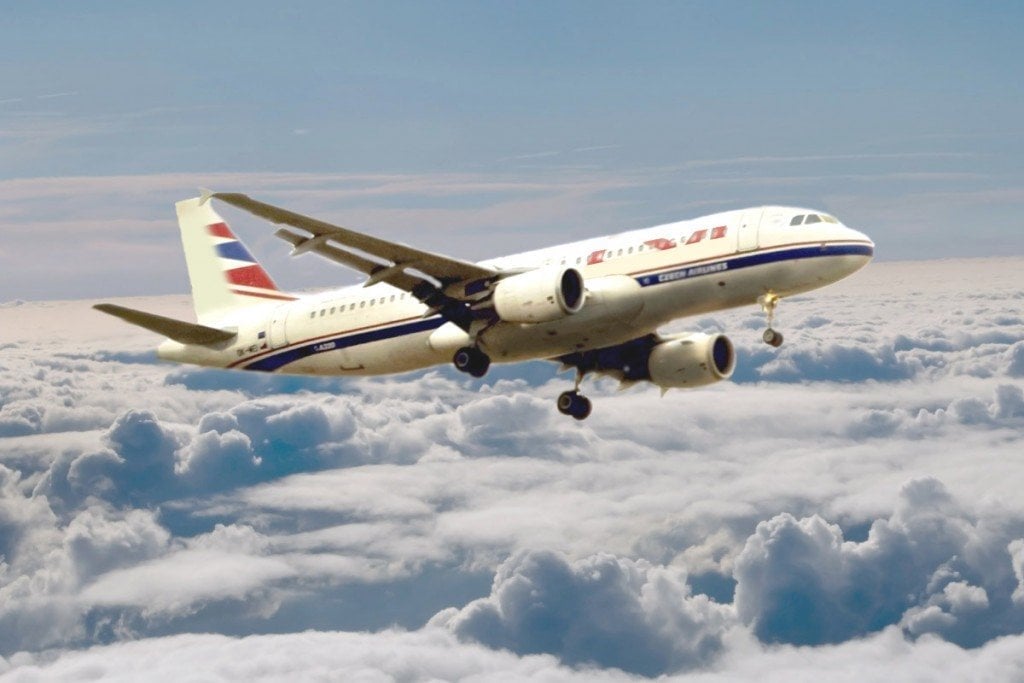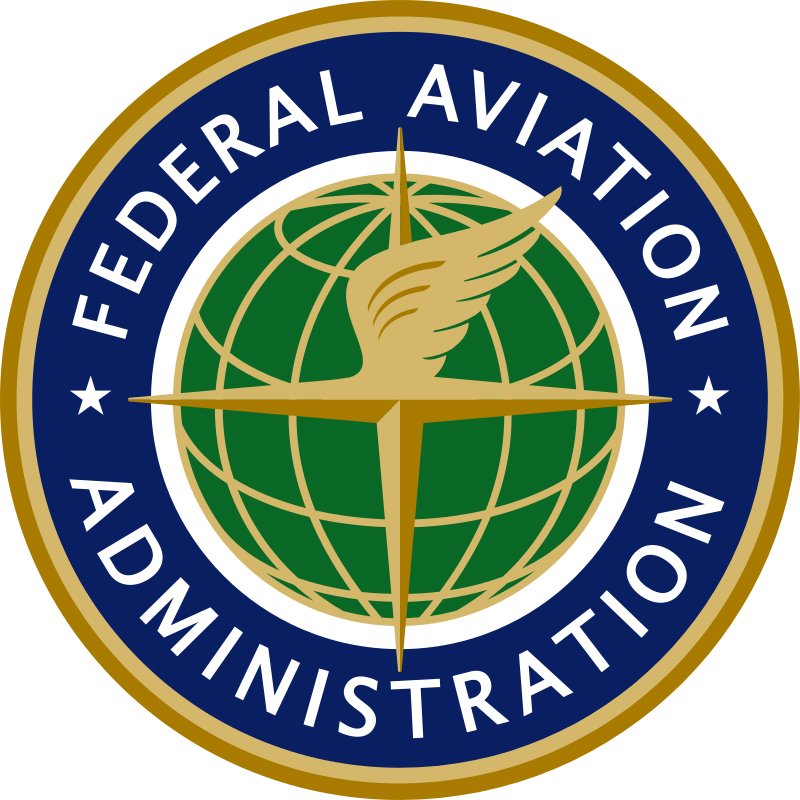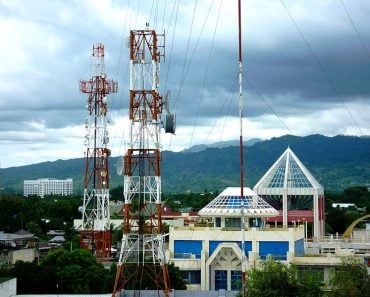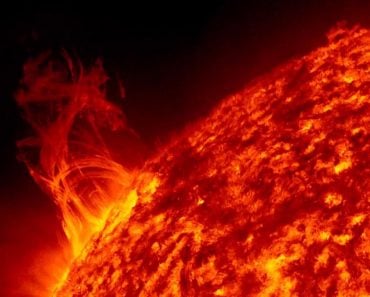Table of Contents (click to expand)
Yes, flying in airplanes does expose us to cosmic radiation risk. This is because as we traverse higher, the air becomes thinner, so its shielding ability to ward off cosmic radiation through deflection decreases substantially. Additionally, the farther north or south you are from the Equator, the more radiation you’re likely to receive.
Traveling by air these days is very common, whether you are flying for an important business meeting or just a leisurely trip to a holiday spot. However, frequent flyers are often unaware of the perils of cosmic radiation arising from colliding stars, supernovae and other cosmological phenomena that become much more prevalent as flyers soar miles and miles above the Earth.

Recommended Video for you:
Cosmic Radiation
High- and low-energy particles (usually made of protons and helium nuclei) from the sun (solar radiation) and other cosmological phenomena (galactic radiation) are constantly bombarding Earth. Collectively, these forms of radiation are called cosmic radiation. Millisieverts is the unit used for measuring cosmic radiation absorbed by humans.
 Thankfully, most of the cosmic radiation is soaked up or deflected by the Earth’s atmosphere. However, as the dynamics of altitude and latitude are altered when we fly above Earth, the resistance offered by the atmosphere to cosmic radiation diminishes.
Thankfully, most of the cosmic radiation is soaked up or deflected by the Earth’s atmosphere. However, as the dynamics of altitude and latitude are altered when we fly above Earth, the resistance offered by the atmosphere to cosmic radiation diminishes.
When you travel in an airplane at high altitudes, you cannot see those highly-charged radiated particles, but at any given instant, thousands of them are flinging through space and may slam into the Earth’s atmosphere.
Another radiation hazard associated with flying high above sea level in a plane is exposure to the occasional energetic outburst from the sun. This radiation includes exposure to X-rays and gamma rays from solar flares, and potential scuds of high-energy protons. Earth’s atmosphere and magnetic field protect us and other living organisms from most of these harmful rays.
Astronauts face the most extreme risk, as they travel completely away from the Earth’s atmosphere and are completely without its protective shielding. Thus, they are bound to receive high doses of cosmic radiation. The maximum length of manned space flights is often limited, due to the amount of radiation the astronauts are likely to absorb. A prolonged space flight increases a number of health risks, such as cancer and heart ailments, when they return back home.

Indeed, radiation exposure is also a major challenge for ambitious entrepreneur Elon Musk before he can realize his dream of colonizing Mars. As the Martian atmosphere is pretty thin, a prolonged stay there is likely to turn fatal due to high exposure to cosmic radiation.
Three Factors That Affect Radiation
Now that you know that traveling in an airplane exposes you to low levels of cosmic radiation, let’s now look into three important factors that control the dosage or intensity of this radiation.
1. Flight Duration
The longer you’re on a flight, the higher the dosage of exposed cosmic radiation. You will be exposed to roughly 0.03 millisieverts of cosmic radiation if you fly from Washington to Los Angeles. This amount of radiation is less than the radiation you would be exposed to when undergoing a chest X-ray.
2. Altitude
Altitude is the second important decisive factor for cosmic radiation exposure. Altitude is the measure of height from sea level. The higher you go, as is the case with flying on an airplane, the dosage of cosmic radiation increases. This is because as we traverse higher, the air becomes thinner, so its shielding ability to ward off cosmic radiation through deflection decreases substantially.
3. Latitude
Latitude is another important parameter that affects the dosage of cosmic radiation. Latitude is the (angular) distance from the Earth’s equator. The farther north or south you are from the Equator, the more radiation you’re likely to receive. This disparity of radiation dosage is due to Earth’s magnetic field. At the equator, Earth’s magnetic field deflects the cosmic radiation away from the equator towards the north and south poles.
Aviation – A Risky Business
The Federal Aviation Administration has classified pilots and flight attendants as radiation workers since the early 90s. Shockingly, a report published by the National Council on Radiation Protection and Measurements noted that air crews receive the highest annual dosage of radiation, meaning that air crews are more susceptible to radiation than the workers in nuclear reactors!

Health Risks Associated With Cosmic Radiation
Some researchers have tried to establish a link between cosmic radiation and health impairments, especially cancer. However, attempts to link doses of ionizing radiation to demonstrable health risk is not simple and straightforward.
A group of Scandinavian researchers conducted an intense study for 17 years on thousands of male pilots to establish a link between radiation and health ailments. The study found that the risk of developing prostate cancer and melanoma was heightened due to their extensive and prolonged exposure. However, Cancer Research UK, a charity organization specializing in cancer research and awareness, opined that cancer can be related to other lifestyle factors, such as pilots sunbathing more frequently than the average person, due to their work/travel schedules.
Similarly, a group of Italian researchers studied the health risks of cosmic radiation exposure in female flight crew members. The study found that the risk of developing breast cancer and melanomas was higher in women who were working on planes more frequently, but the researchers also admitted that they cannot say for sure if this increased risk was due to cosmic radiation exposure alone.
Safe Limits
There is no standard limit of permissible cosmic radiation; the standard level varies between countries. According to the non-profit scientific professional organization Health Physics Society, which specializes in radiation safety, a traveler who spends more than 5000 hours in the air each year is at considerable risk for cosmic radiation exposure. The Health Physics Society advises that cosmic radiation exposure should be below 50 millisieverts on an annual basis and below 100 millisieverts over the course of a lifetime.
References (click to expand)
- NCRP Report 160 - NCRP | Bethesda, MD. The National Council on Radiation Protection and Measurements
- (2007) Fundamentals of Aerospace Medicine: Cosmic Radiation. The National Aeronautics and Space Administration
- Pukkala, E. (2002, September 14). Incidence of cancer among Nordic airline pilots over five decades: occupational cohort study. Bmj. BMJ.
- Lim, M. K. (2002, July 1). Cosmic rays: are air crew at risk?. Occupational and Environmental Medicine. BMJ.
- YJ Feng —. Radiation Exposure During Commercial Airline Flights. The Health Physics Society
- FAA Civil Aeromedical Institute - CARI - jag.cami.jccbi.gov.












